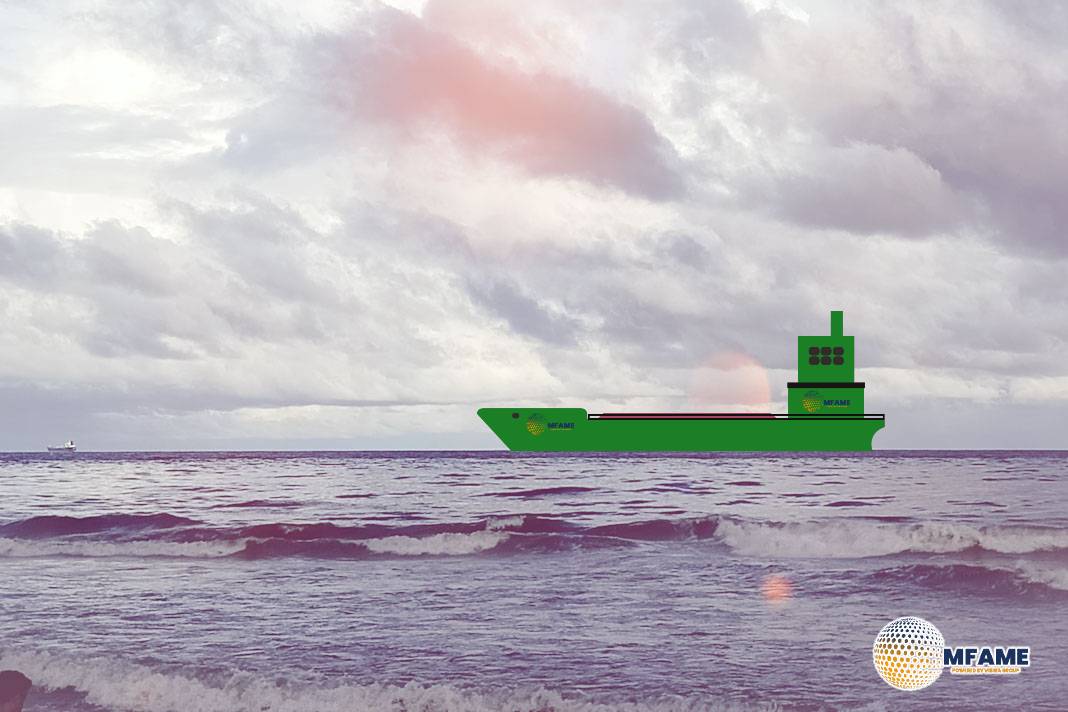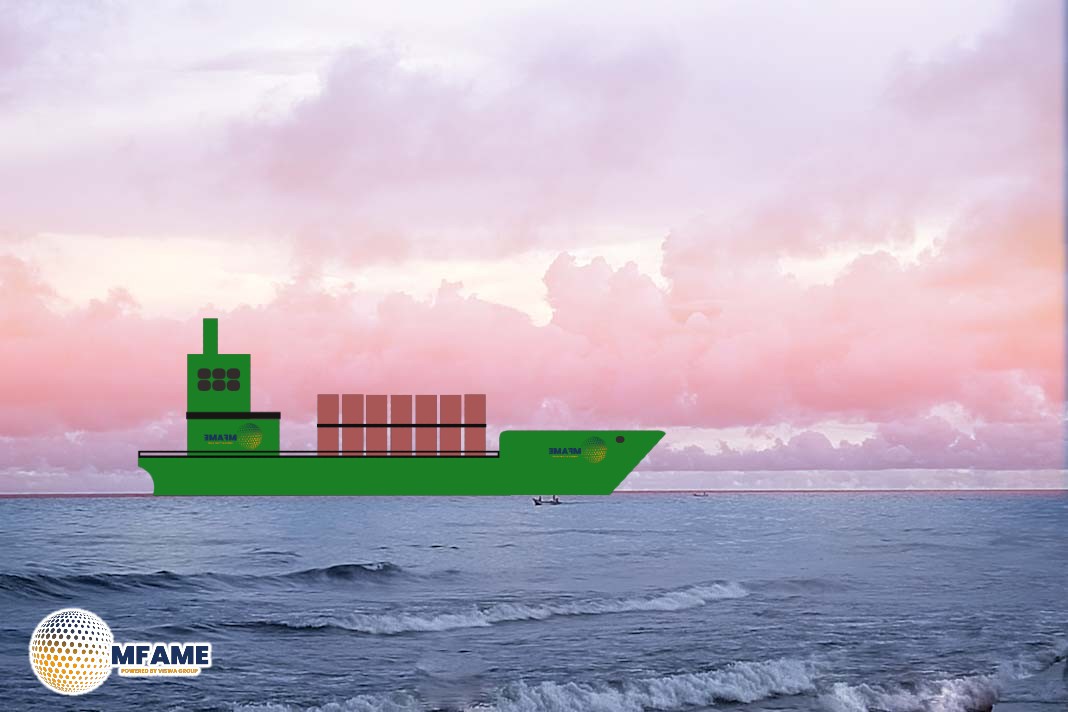The Very Large Crude Carrier (VLCC) market on the Middle East Gulf (MEG) to East route experienced a notable 10-point increase in Worldscale (WS) rates, reaching the mid-WS 60s in the lead-up to the extended Easter weekend. However, this upward momentum has not continued into the current week. Despite the earlier gains, rates have so far failed to maintain a consistent upward trajectory, reports Fearnleys.
VLCC
Despite the recent downward trend in VLCC rates, a significant number of cargoes entering the market suggest that the bottom may have been reached, and there is potential for upward movement. At the time of writing, a fixture at WS 64.5 has been reported for a Middle East Gulf (MEG) to Korea voyage, which is expected to push the TD3C route assessment to a firm WS 65 or higher.
Interestingly, rates for eastbound voyages in the Atlantic market have remained relatively stable, holding more or less at levels comparable to the MEG, even with a consistent flow of ballast vessels arriving from the East. The overall sentiment appears to be one of stability, with the expectation of potential rate increases shortly.
Suezmax
While overall sentiment in the tanker market remains strong, particularly in European and West African markets with several cargoes currently being worked, some headwinds are emerging for the Nigeria/UK Continent route (TD20) specifically.
Firstly, a significant volume of crude oil (32-33 million barrels) has already been fixed for loading in the first ten days of the loading program. Furthermore, the lack of strong VLCC demand for the subsequent ten-day window doesn’t suggest a surge in demand that would typically support Suezmax rates. Adding to this, approximately half a dozen Suezmax stems have also been covered within that same second-decade window.
Across the Atlantic, earnings for Suezmax vessels are currently significantly lower than those achievable on the TD20 route. The Aframax market for US Gulf to Transatlantic voyages appears weak, and there is sufficient local Suezmax availability in the Atlantic to maintain this earnings gap. This discourages owners of UK-continent-discharging Suezmaxes from ballasting speculatively across the Atlantic to seek potentially higher rates.
The TD6 BDTI (Baltic Dirty Tanker Index for CPC/Med) has seen a slight decrease due to the emergence of some open positions in the East Mediterranean and a seasonal easing of Straits delays. Additionally, the list of available vessels in West Africa is less concerning than in recent weeks, with only five vessels open up to the 10th of the loading program, and a further three options becoming open from the East for the second decade, with 20 more vessels expected to sail by the end of the weekend.
Aframax
The tanker market prior to the Easter weekend maintained a lively atmosphere, with April loading dates largely concluded and chartering activity for May cargoes beginning to emerge. The continued opportunities for vessels to ballast are keeping the available tonnage relatively tight for the early part of May. While the volume of May stems appears similar to the previous month, the actual amount of tonnage that comes to the market will depend on the number of relets and the availability of larger vessels.
A correction is anticipated in the Mediterranean Aframax market due to a significant number of vessels returning to the region for early May loading dates. This increase in available tonnage is expected to exert downward pressure on rates, with owners likely to adopt competitive fixing strategies given the various options available to charterers. Furthermore, the presence of North Sea vessels still open to ballast voyages into the Mediterranean will likely contribute to this softer trend.
The CPC (Caspian Pipeline Consortium) market for voyages to the Mediterranean is currently holding steady at 80 Worldscale points on a 205,000-ton cargo size. However, for cross-Mediterranean voyages, rate ideas are expected to be limited to the level of the most recent fixtures at best, reflecting the increasing availability of tonnage in the region.
Did you subscribe to our daily Newsletter?
It’s Free Click here to Subscribe!
Source: Fearnleys















![[Watch] Crazy Power Needed to Move World’s Largest Containerships](https://mfame.guru/wp-content/uploads/2023/11/mfame-tanker-100x70.jpg)
